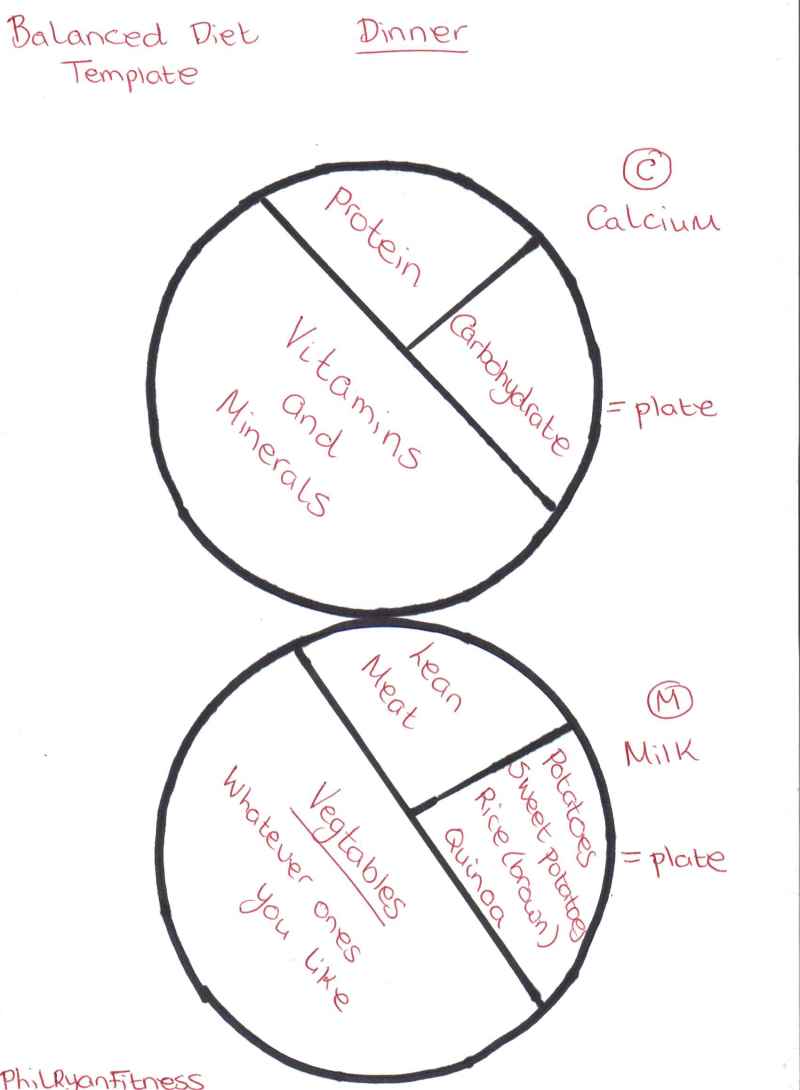
Improving Race Pace with Interval Speed Work.
Here is a Conditioning Session idea for Distance Runners Specifically Targeting improving or maintaining 5k Race Pace.
The purpose of this Speed Work session is to Build Volume (Spend Time) at or above 5k Race Pace.
The session I did today was 6 x 1 Km Repeats @ 5k Race Pace with 3 min Recovery between each Interval.
The AIM of the Session is to try to improve current 5k Race Pace of 6:20 Minute Miles by running 6 x 1 km at or below 6:20 min mile pace with 3 minutes walk/jog recovery between each interval.
You can do the exact same session as me but just make sure you run at YOUR 5k pace, My Pace may be too hard or too easy for you.
Here is the Break down of how my Session Intervals Looked:
| Interval | Distance | Time | Average Pace | Average Heart Rate |
| 1 | 1 Km | 3:56 | 6:03 Min Miles | 165 BPM 85% OF Max |
| 2 | 1 Km | 3:55 | 6:03 Min Miles | 171 BPM 90% of Max |
| 3 | 1 Km | 3:57 | 6:05 Min Miles | 173 BPM 91% of Max |
| 4 | 1 Km | 4:00 | 6:10 Min Miles | 174 BPM 91% of Max |
| 5 | 1 Km | 4:01 | 6:11 Min Miles | 175 BPM 92% of Max |
| 6 | 1 Km | 4:04 | 6:17 Min Miles | 176 BPM 92% of Max |
After Each interval I would have given myself 3 Minutes Recovery (Rest) by Walking until it was time to run again.
Speed work sessions like these are very important when trying to improve or Maintain Race Pace. Your 5k Race Pace is your quickest Pace (if you are a 5k to Marathon Runner) so you will be working close to your maximum. Heart Rate during the interval part of this session is likely to be above 90% of Maximum followed by a nice long recovery of a very light jog or Walk. I chose to walk my recoveries today.
Here is how my Heart Rate Looked During The Session:

From the Table above and this Graph you can see I am working at 90% of Max Heart Rate or over During my Kilometer Intervals (approx 4 minutes) and then my Heart Rate drops back down to 60-65% of Max Heart Rate during my 3 minutes recovery. Below is a breakdown of the time I spent in the different Heart Rate Training Zones. The objective of this session is to spend most of your time in Heart Rate Training Zone 5 – The High Intensity Training Zone – which I achieved.

Recommendation for these types of Sessions:
4 – 6 x 1 km Repeats with 2- 4 minutes Walk/Jog Recovery between each interval.
You should start at 4 Reps and gradually progress to 6 over a number of weeks. Recovery should be kept to what ever recovery you need to hit your intervals target pace for the session. Another way of progressing the intensity of the session would be to keep the Repetitions the same but to decrease the recovery Period so for example: 4 x 1km Repeats with 4 minutes Recovery could be progressed by doing 4 x 1km Repeats with 3 Minutes Recovery as opposed to increasing Repetitions to 5. You should note that you should never increase the Repetitions AND Decrease the Recovery together in the same session, do one or the other but not both!!. Also It should be mentioned that this style of training would not suit Beginner Runners and would only suit runners who are already comfortable at covering the 5k – 10k distance and are looking to improve their times.
The great benefit of these sessions is that it helps improve your Cadence (Leg Turnover Speed), It Improves the point at which the build up of Lactic Acid starts to decrease your performance (Improves Your Lactate Threshold) and it recruits your Type 2 Muscle Fibers which do not get trained during your long endurance runs or your comfortable, steady state style training runs.
Including Speed work once a week into your weekly training routine will help you to become a faster, stronger and more complete runner.
Always allow 6 – 8 weeks when you start training this way to when you expect to see major improvements.
Tempo Runs should also be included in your training sessions once per week see this link to some information I wrote on Tempo Running.
Improving Race Pace: The Tempo Run
Phil
Facebook , Instagram and Snap Chat
@PhilRyanFitness #PhilRyanFintess



















